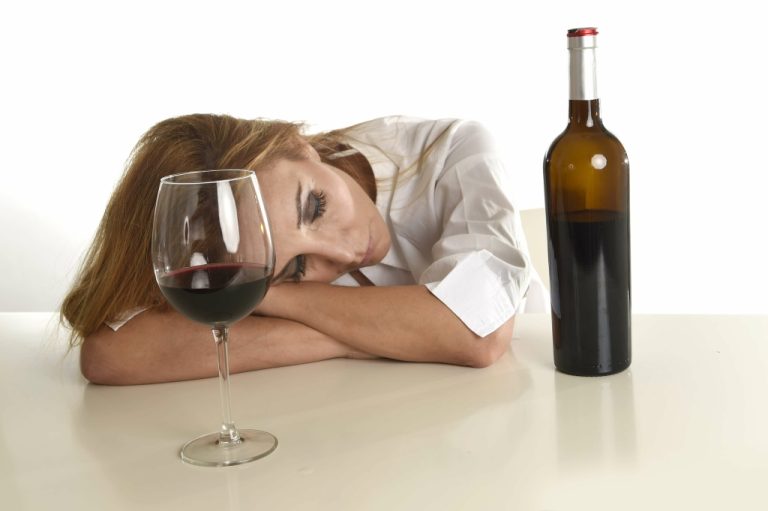Another study indicates that about 25% of people with alcohol use disorder achieved recovery after one year. Overall, research suggests that between 40-60% of individuals who undergo addiction treatment experience a significant reduction in substance use. This doesn’t always mean complete abstinence, but it often includes fewer relapses, less severe use, and improved functioning in life. The first step is to ptsd and alcohol abuse talk with a healthcare provider and ask for more information about treatment options.
Some may indulge in a nightly glass of wine but find it challenging to stop at one. Others may have periodic bouts of binge-drinking where alcohol consumption spirals out of control. There are those who engage in day drinking, hidden behind closed doors, and those who experience blackouts or damaging incidents during nights out. Despite the differences, the common thread is that alcohol use has a negative impact on their lives.

Evidence-based therapies for PTSD play a crucial role in integrated treatment approaches. Cognitive Processing Therapy (CPT) and Prolonged Exposure (PE) therapy are two well-established treatments for PTSD that have shown effectiveness even in the presence of co-occurring substance use disorders. These therapies help individuals process traumatic experiences, challenge unhelpful thought patterns, and develop healthier coping mechanisms. Post-Traumatic Stress Disorder (PTSD) and alcohol abuse are closely linked, and it is common for the two to co-occur. People with PTSD may turn to alcohol as a form of self-medication to avoid thinking about traumatic events and to numb negative feelings.

Furthermore, integrated treatment programs are available, focusing on both PTSD and SUD concurrently. They utilize effective therapies like Cognitive Behavioral Therapy (CBT) and Eye Movement Desensitization and Reprocessing (EMDR) tailored to meet the complex needs of co-occurring disorders. The statistics surrounding veterans and these co-occurring conditions are alarming.
Aversion therapy, a controversial treatment approach aimed at reducing undesirable behaviors by associating them with unpleasant stimuli, has been explored as a potential intervention for alcoholism. This method involves pairing the consumption of alcohol with negative experiences, such as nausea or discomfort, to create a https://meditatedmv.org/goodbye-letter-to-alcohol-template-download conditioned aversion to drinking. While some studies suggest that aversion therapy can lead to short-term reductions in alcohol consumption, its long-term effectiveness and ethical implications remain highly debated.
Data from the Ralevski et al., (2016) paper demonstrate the powerful effects that trauma reminders have on craving and alcohol consumption and, therefore, treatment needs to address both the AUD and PTSD symptoms. With regard to behavioral treatments, exposure-based interventions are recommended given the greater improvement in PTSD symptoms observed, coupled with significant reductions in SUD severity experienced. The available evidence suggests that medications used to treat one disorder (AUD or PTSD) can be safely used and with possible efficacy in patients with the other disorder. However, additional research on pharmacological agents based on shared neurobiology of AUD and PTSD would be useful. In adults, the rates for co-morbid PTSD and substance use disorders are two to three times higher for females than males, with 30 to 57 percent of all female substance abusers meeting the criteria for PTSD (Najavits et al. 1997).
We also speculate that as endorphin levels decrease after the therapy session ends, endorphin withdrawal may lead to increased alcohol craving. Although alcohol use may temporarily relieve PTSD symptoms, alcohol withdrawal intensifies such symptoms. To avoid the increase in PTSD symptoms following a bout of drinking, the patient is caught in a vicious cycle in which he or she must continue to drink to avoid the unpleasant reaction following an alcoholic binge. An opioid antagonist such as a naltrexone would block the endorphin response and reduce the desire for alcohol.
The focus of dual diagnosis treatment is on developing coping strategies for managing both PTSD symptoms and alcohol cravings. It also includes relapse prevention strategies, education about the relationship between PTSD and alcoholism, and support in building a strong support network. PTSD, or Post-Traumatic Stress Disorder, is a mental health condition that can develop after experiencing or witnessing a traumatic event. These events may include natural disasters, accidents, combat, or personal assaults. Individuals with PTSD often experience intense and distressing symptoms, such as intrusive memories, nightmares, Alcohol Use Disorder flashbacks, and hypervigilance. They may also exhibit avoidance behaviors, emotional numbing, and negative changes in mood and cognition.
Unfortunately, many people who suffer from PTSD also turn to alcohol as a coping mechanism, further complicating their condition. Over the past few decades, important advances have been made in behavioral treatments for comorbid AUD and PTSD. The most notable area of progress is the development of trauma-informed, manual-guided, integrated, cognitive behavioral treatments that concurrently address symptoms of both conditions. Before these developments, sequential treatment was the only form of behavioral intervention employed. Now, individuals with comorbid AUD and PTSD, as well as their health care providers, have additional treatment options available. Post-traumatic stress disorder is a serious mental health condition triggered by traumatic events.
But over time, this avoidance makes PTSD symptoms worse and harder to handle without alcohol. This creates a harmful cycle where alcohol is used to escape the trauma, but it ends up making the symptoms even worse. Alcohol abuse is when someone drinks too much alcohol, leading to problems in their personal, social, or work life.